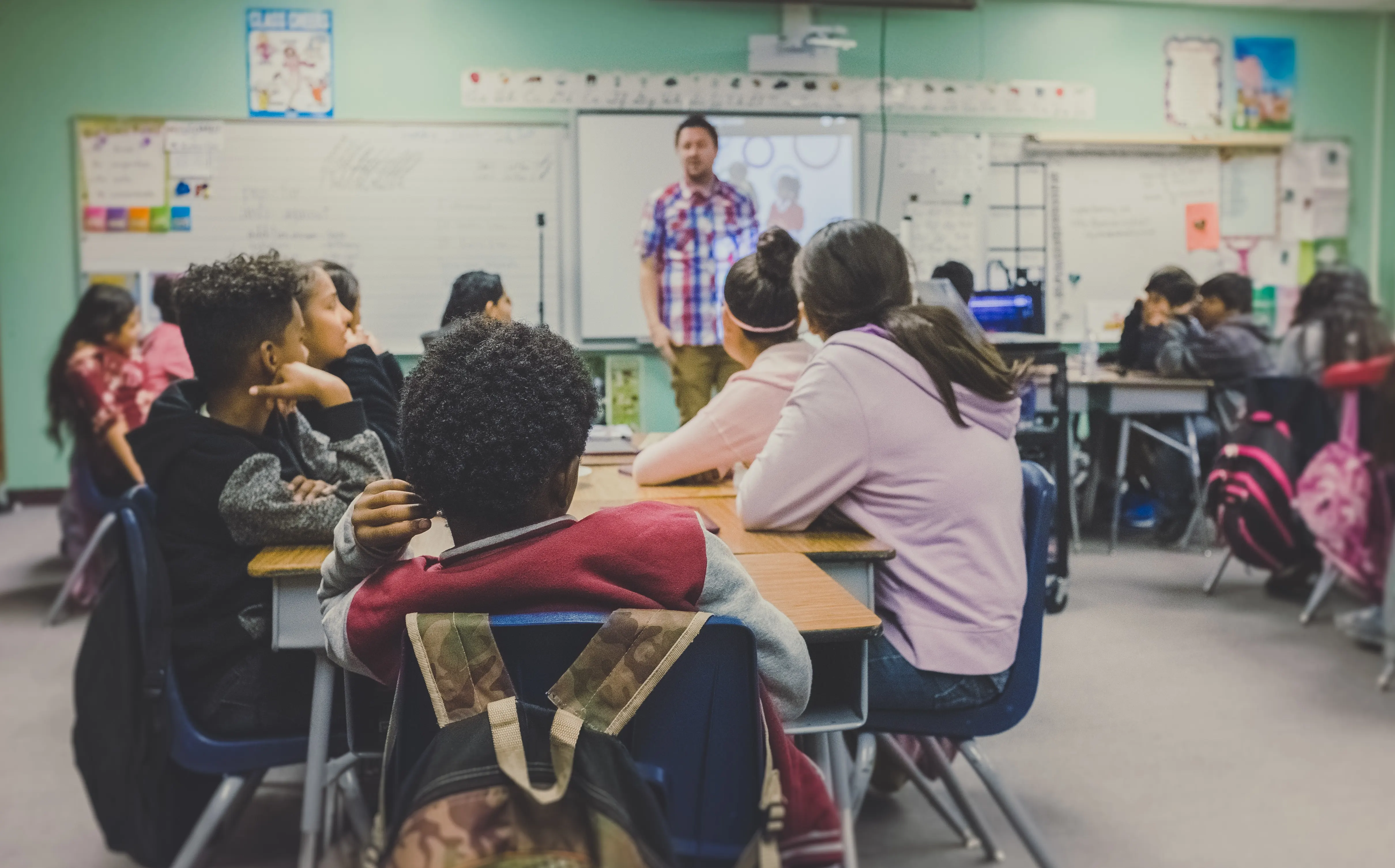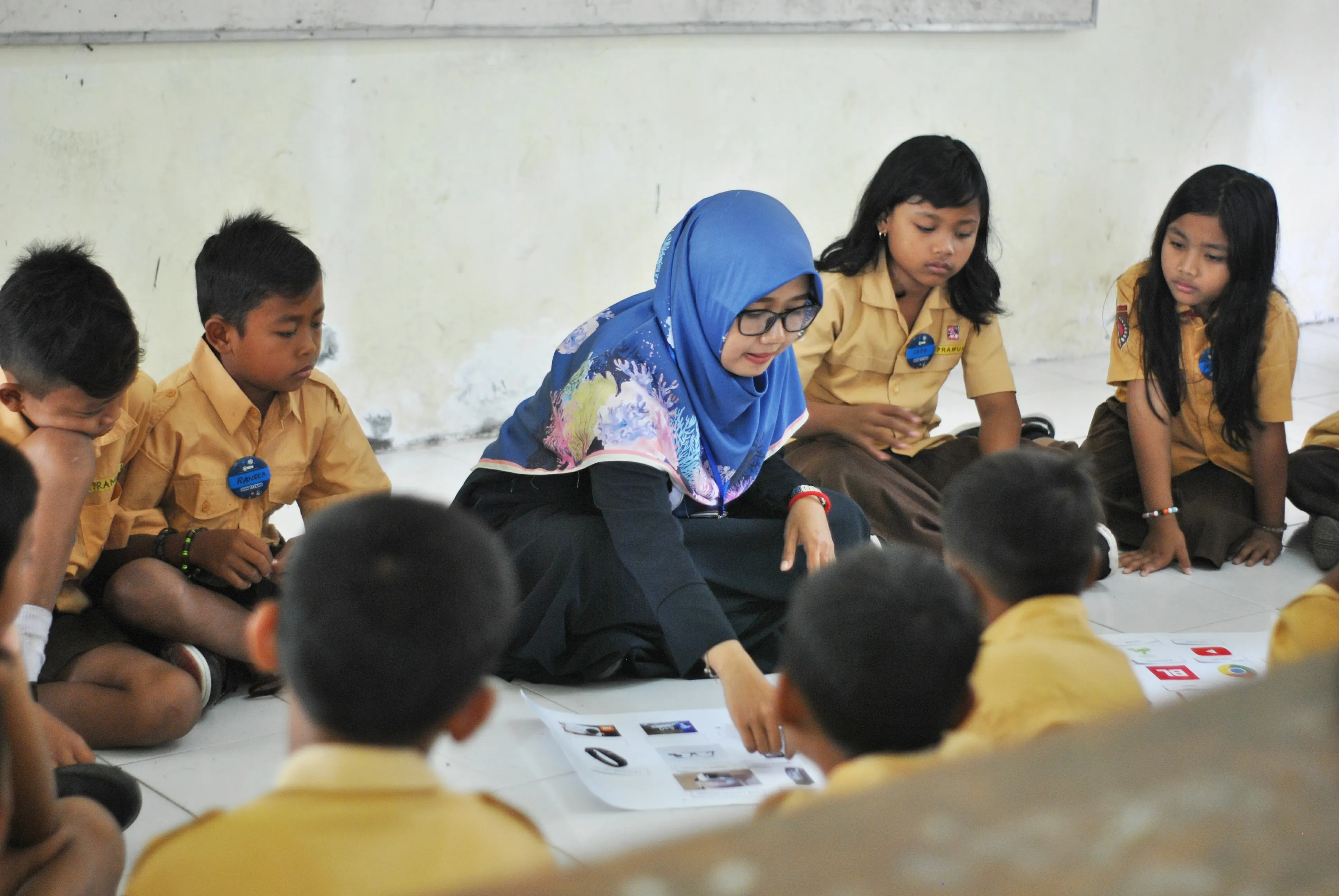
Personalized Learning: Shaping the Classroom of Tomorrow
Table of Contents
In every classroom and in every student and teacher's hand, we need technology because it is the pen and paper of our time and the lens through which we experience much of our world. -David Warlick
Discover the fascinating world of personalized learning, where technology is more than a tool; it catalyzes educational transformation. These revolutionary educational advancements, such as learning analytics, adaptive software, and customized content, propel the transition toward personalized learning models. Ensuring each student's learning is tailored to their specific requirements and abilities. Learning analytics can extract educational insights from student data, resulting in more effective instructional strategies.
What is personalized learning, and how does it differ from traditional teaching methods?
Personalized learning is an approach that customizes educational experiences based on each student's unique needs and abilities. It diverges from traditional teaching methods in several ways, one being integrating technology into the learning process. Learning analytics , adaptive software , and customized content are driving this change. This approach makes classes different and moves education into the future. As an educator or student, understanding these tools is crucial to fully harnessing the potential of personalized learning.
How can personalized learning benefit students with different learning styles?
The conventional approach to education assumes a uniform teaching technique applicable to all students. This may not effectively accommodate the diverse learning styles and progress rates shown by each student. The use of personalized learning makes things easier by tailoring classes and teaching methods based on the needs and skills of the students. The use of a personalized strategy offers substantial advantages for students with varying learning styles. A report found that 60% of students felt more motivated to learn when using personalized learning technology. Students can achieve the following benefits with different learning styles:
Adapting to Individual Learning Pace
Personalized learning adjusts to the speed at which each student learns, ensuring that no student falls behind or is held back. By giving students more time when they need it and pushing fast learners to move on quickly, personalized learning helps them understand better and lets them work on their weak spots. The right technology tools play a vital role in enabling this process.
Customized Content Delivery
Customized content delivery is another advantage of personalized learning. Students have diverse preferences for how they absorb information—visual learners benefit from animated videos and graphics, auditory learners from podcasts and audiobooks, and kinesthetic learners from simulations and interactive modules. This adaptability fosters an inclusive learning environment that enhances the educational experience by addressing each student's unique needs and preferences.
Immediate and Detailed Feedback
One significant advantage of personalized learning is the ability to provide immediate and detailed feedback tailored to each student. Learning analytics track performance and offer real-time feedback on strengths and weaknesses. This information enables students to understand their progress and areas requiring improvement.
Enhanced Engagement
Moreover, personalized learning enhances engagement by customizing content based on students' interests and preferences. Incorporating gamified content and interactive simulations adds enjoyment to the learning process while fostering deep understanding. This dynamic and engaging classroom environment supports the overarching goal of education
Promoting Learning Autonomy
Lastly, personalized learning fosters learning autonomy by empowering students to take control of their learning journey. It cultivates self-directed learning habits and vital skills in our fast-changing world. Students learn how to pace their learning, manage their time, and direct their growth. Personalized learning technologies play a crucial role in enabling this autonomy. Analytics show students how they are doing, adaptive software reacts to their needs and challenges them, and customized content makes learning more relevant.
How can teachers effectively use data from learning analytics to personalize instruction?

Technology will not replace great teachers, but technology in the hands of great teachers can be transformational. -George Couros
As critical stakeholders in the digital revolution, teachers have a unique opportunity to integrate learning analytics into personalized learning efforts. Educators can significantly enhance their teaching methods using data derived from these tools. In a survey , 73% of teachers reported that technology has helped them better understand students' strengths and weaknesses. This understanding has enabled personalized learning models—a paradigm shifts in education powered by technological advancements. Teachers can tailor instruction to individual students' needs through learning analytics, adaptive software, and customized content to maximize learning outcomes. While learning analytics can provide valuable insights, they should not be the sole foundation for making decisions regarding student learning. Teachers should use their professional judgment, experience, and data analysis to make well-informed decisions regarding assisting their students most effectively.
Tools and Technologies for Personalized Learning

Technology can become the 'wings' that will allow the educational world to fly farther and faster than ever before - if we will allow it. -Jenny Arledge
Several tools and technologies support personalized learning: adaptive learning platforms adjust the content and pace based on each student's performance; Learning Management Systems (LMSs) create personalized learning plans and track progress; educational data analytics help identify patterns and trends; flexible online or blended platforms offer access to diverse resources.
The Role of Artificial Intelligence (AI) in Personalized Learning
Artificial intelligence (AI) plays a significant role in personalized education. It enables more accurate and efficient data analysis, content adaptation, and learner support. AI-powered tools analyze vast amounts of data, providing educators valuable insights for informed decision-making. Adaptive learning platforms automatically adjust content and pace based on student performance
Barriers to Implementing Personalized Learning
- Educators and institutions may need help implementing personalized learning due to limited resources, resistance to change, and lack of training and support
- Personalized learning requires substantial investments in technology, training, and support, which can be challenging for schools and institutions with limited budgets
- Some educators may be hesitant to try new teaching methods and technologies, especially when they think personalized learning undermines their duties as educators
- Educators may need more training and support to implement personalized learning strategies, especially in modern technology and information analytics tools
Strategies for Overcoming Barriers to Personalized Learning

To get over these obstacles, educational institutions and educators can follow these steps:
- Provide continuous training and assistance to educators to acquire the requisite skills and knowledge for successfully implementing individualized learning methodologies
- Efforts should be made to actively pursue grants, partnerships, and additional financing avenues to provide financial support for the successful execution of customized learning projects
- It is essential to foster collaboration among educators to embrace novel teaching methodologies and technology effectively
Real-life Examples of Personalized Learning in Action
Summit Public Schools: In the United States, this network of charter schools has implemented a personalized learning model that combines teacher-led instruction with self-directed learning. Students develop individual learning plans independently, utilizing online resources and collaborating with their peers and teachers. Arizona State University: Arizona State University (ASU) has integrated adaptive learning technology into many courses, enabling students to advance through the curriculum individually while receiving tailored feedback and assistance. This methodology has enhanced academic achievements among students and higher student retention rates.
Case Study: Lindsay Unified School District's Personalized Learning Model
Lindsay Unified School District (LUSD) in California has successfully implemented a personalized learning model known as the Performance-Based System (PBS). In the proposed framework, students can advance through the curriculum autonomously, ensuring their comprehension and proficiency of the subject matter before proceeding to the subsequent level. Educators offer individualized assistance and interventions tailored to the specific requirements of each student. At the same time, learners are afforded diverse educational materials, including digital resources and small-group instructional sessions. Lindsay Unified has shown notable enhancements in student outcomes after implementing the Performance-Based System (PBS). The graduation rates have risen noteworthy, ascending from 73% in 2009 to 90% in 2018. Additionally, there has been a corresponding augmentation in the number of students who have achieved or surpassed the state-established benchmarks in English Language Arts and Mathematics. LUSD has also partnered with The Breakthrough Coach to provide personalized training and support for teachers and principals in high-need schools. This partnership aims to create a system-wide transformation in teaching and learning, further enhancing the personalized learning model in the district.
The Future of Personalized Learning in Higher Education
In higher education settings, personalized learning is becoming increasingly relevant. Institutions recognize the need to provide customized learning experiences that support the diverse needs of students. Adaptive learning technologies, data analytics, and flexible learning environments create personalized educational experiences aligned with students' abilities, interests, and goals. Overall, personalized learning is a crucial pedagogical strategy that effectively addresses the varied requirements of students within contemporary educational settings. Educators can construct compelling, efficient, and tailored learning experiences that cater to every student's strength and needs by utilizing resources and technology that facilitate customization. The role of customized learning in higher education settings is expected to gain significance as it continues to develop, influencing the future of education.